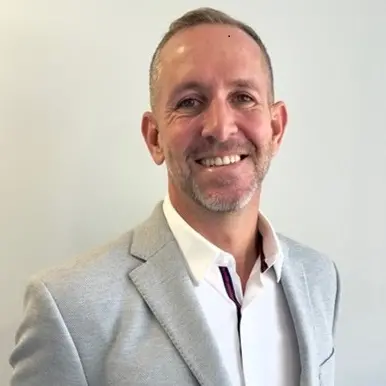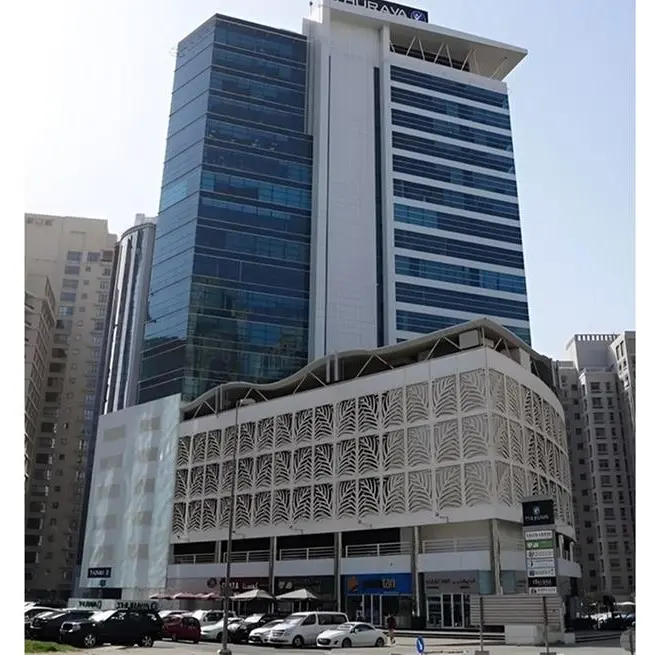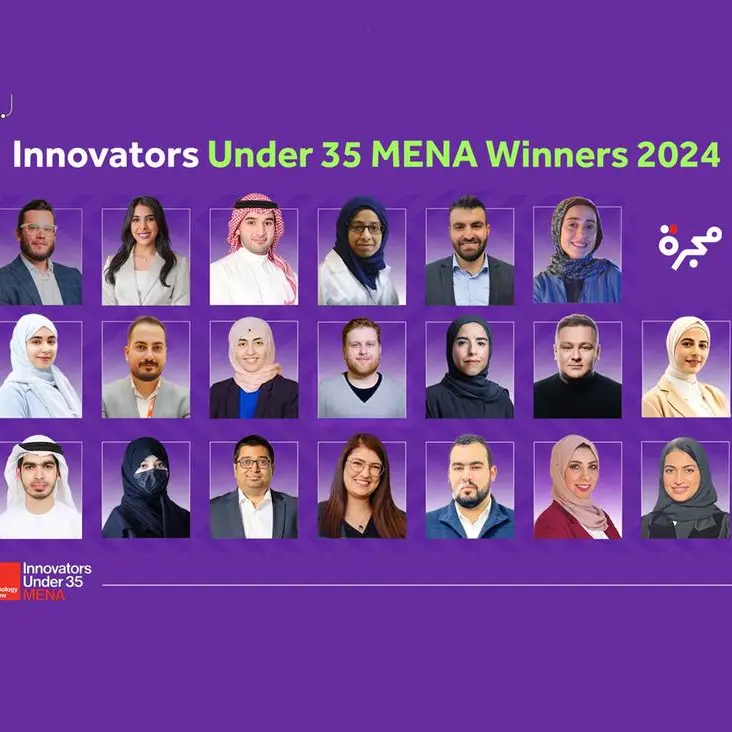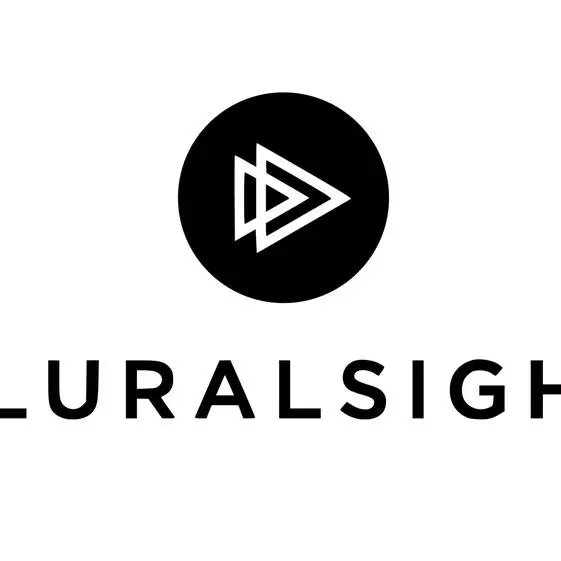Dubai, UAE: The development and rollout of 5G coverage across Gulf Cooperation Council (GCC) countries will empower new services and use cases for consumers, enterprises, and broader society. However, 5G infrastructure and the network ecosystem also creates opportunities for malicious threat actors seeking the potential to disrupt the economy, public health, and safety. Against this backdrop, a new whitepaper from Booz Allen Hamilton outlines 5G’s most significant technical changes, its diverse operational value, and associated risks and opportunities.
5G’s widespread rollout will spur economic activity broadly through the sale, installation, and operation of new networks. Increasing adoption will facilitate productivity gains, novel services, and innovations only made possible by 5G’s technological advances including speed and network flexibility, among others. An IHS Markit study estimates that $13.2 trillion in global economic value will be possible by 2035, generating 22.3 million jobs in the 5G global value chain alone.[i] Meanwhile, the global 5G IoT market – already worth an estimated $305 million annually – is projected to expand by 54 percent annually in the coming years, driving further gains.[ii]
GCC countries’ 5G plans are already well underway. In September 2020 for instance, in alignment with the UAE strategy for 5G and beyond (2020-2025) to boost 5G services rollout, the Telecommunications Regulatory Authority (TRA) announced allocation of a new frequency band that allows UAE telecoms operators to expand the application of 5G more broadly.3 Separately, while comparing 5G users’ overall experiences across 12 of the world’s leading developing 5G markets, an Opensignal report found that 5G users in Saudi Arabia have the fastest overall average download speed of 144.5 Mbps.4
Souheil Moukaddem, Executive Vice President and Managing Director at Booz Allen Hamilton MENA stated: “As 5G networks come online in the UAE and other GCC countries, facilitating the creation of secure and resilient 5G ecosystems is an urgent priority. 5G will forge connections between devices and the digital world. However, this connectivity also translates to new vulnerabilities. The government and private sector must recognize and address these risks early in the network development process.”
Booz Allen assembled experts in cybersecurity research, engineering, and threat intelligence to identify 5G’s key interworking technologies. Examining these core 5G technologies, Booz Allen’s experts identified opportunities adversaries could exploit, what they might hope to gain from targeting these technologies, how these threats could impact organizations and users, and how operators could mitigate identified risks.
5G will have far-reaching impact across industries, empowering sectors such as healthcare and logistics to adopt new operating models, gain novel insights, and drive efficiencies. However, the increased number of mission critical IoT devices will present threat actors with a wide array of new opportunities to inflict damage. 5G IoT devices will generate massive volumes of data that can be stolen, destroyed, or manipulated. Virtual networks customized for specific sectors and organizations will encourage new targeted threats against them. New software and hardware supply chains will most likely lead to the introduction of untrustworthy components in the 5G ecosystem. While organizations plan to take advantage of the global 5G rollout, it is imperative to proactively prepare for these – and other – identified threats to 5G’s core technologies.
Booz Allen’s whitepaper outlines specific threat scenarios, aligned to core identified elements of the 5G ecosystem and associated threat mitigations. The scenarios capture a wide spectrum of possibilities from attacks that damage industrial process devices and disrupt critical processes enabled by 5G networks to the theft of sensitive data, the risk of IoT-enabled devices being compromised, and disinformation campaigns.
Ziad Nasrallah, Principal at Booz Allen Hamilton MENA, concluded: “Organizations on the path to 5G adoption should take a forward-looking view of this emergent technology. It offers both immense opportunities, while portending a continually evolving threat landscape. 5G deployment is already underway; now is the time for leaders across government and industry to ensure security, trust, and resilience are the foundational principles of the next generation digital backbone.”
© Press Release 2021
Disclaimer: The contents of this press release was provided from an external third party provider. This website is not responsible for, and does not control, such external content. This content is provided on an “as is” and “as available” basis and has not been edited in any way. Neither this website nor our affiliates guarantee the accuracy of or endorse the views or opinions expressed in this press release.
The press release is provided for informational purposes only. The content does not provide tax, legal or investment advice or opinion regarding the suitability, value or profitability of any particular security, portfolio or investment strategy. Neither this website nor our affiliates shall be liable for any errors or inaccuracies in the content, or for any actions taken by you in reliance thereon. You expressly agree that your use of the information within this article is at your sole risk.
To the fullest extent permitted by applicable law, this website, its parent company, its subsidiaries, its affiliates and the respective shareholders, directors, officers, employees, agents, advertisers, content providers and licensors will not be liable (jointly or severally) to you for any direct, indirect, consequential, special, incidental, punitive or exemplary damages, including without limitation, lost profits, lost savings and lost revenues, whether in negligence, tort, contract or any other theory of liability, even if the parties have been advised of the possibility or could have foreseen any such damages.



















